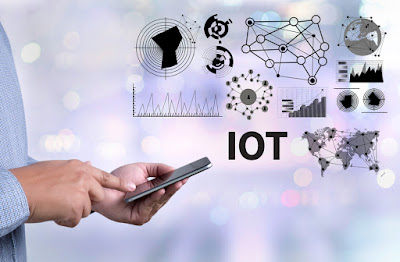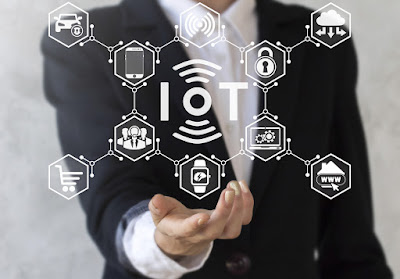Businesses and Internet of Things (IoT)
Most businesses today have an online presence. And, almost all of these business owners depend on the latest technology to carry out day-to-day operations seamlessly. Internet of Things (the concept of connecting any device with an on and off switch to the Internet) protocols benefit these businesses tremendously.
Choosing the Best IoT Products
Does the wide range of connectivity options puzzle you? It shouldn’t! Here’s why –
Each of the communication technologies has one use or the other and understanding just that will help you leverage the advantages provided by them. Read about some of the best IoT protocols here and make a smart choice for your business.
1. Bluetooth
Bluetooth, the most favored protocol for wireless headsets, file transfers and wireless speaker. The options include Classic Bluetooth and Bluetooth Smart. This IoT product is the fastest and least expensive route to connectivity.
2. Wi-Fi
This is the most trusted choice for a home and business environment IoT protocol need. Wi-Fi is flexible and easy to connect to and allows data transfer with high amount of data. For long-range sensors and controllers with low data rate, WiFi-ah (HaLow) works well.
3. RFID
This asset tracking protocol makes wireless use of electromagnetic fields to help identify objects. Active Reader Passive Tag system (ARPT), i.e. reading tags that can store information are installed within RFID, so it does not need any power to operate.
4. Zigbee
Similar to Bluetooth, Zigbee covers a wider installation base. This is a 2.4 GHz mesh local area network (LAN) protocol. The product works well with relatively infrequent data exchanges at low data rates and within a 100-m range.
5. Cellular
Any IoT sensor devices that need operation over longer distances can take benefit of GSM/3G/4G cellular communication capabilities. Cellular is best for sensor-based low-bandwidth-data projects that will transmit very low amounts of data over the Internet.
6. Symphony Link
This IoT sensor device has Fixed MTU of 256 bytes and is a ground-breaking wireless system apt for broad-area IoT networks. It is best used for enterprise and industrial clients who require an extremely secure connection to the cloud. Symphony Link is much more extensive and dependable than ZigBee and WiFi.
7. Sigfox
Sigfox is famous for its broad range capability. Since it uses ISM bands, there is no need to obtain any license for using it. It can conveniently transfer data over a narrow spectrum until the devices remain connected. With the help of Ultra Narrow Band, it handles low data speeds in low power.
8. XMPP
eXtensible Messaging and Presence Protocol (XMPP) is used for real-time exchange of data between connected devices. It works similar to email, and like with an email, each person can have his or her own XMPP server. This IoT sensor device enables API operators and device manufacturers to build their own server and manage it.
9. Neul
Neul “economically connect everything”. This IoT product operates in the sub-1GHz band. It utilizes very small slices of the TV White Space spectrum to provide highly scalable, wider coverage networks. Neul can transmit data as small as few bits per second to 100 kbps with the help of the same link.
10. LoRa
Another prevailing communication technology choice for building IoT networks is Long Range, low power Wireless Protocol. The IoT protocol offers secure data transmission. The data rates range from 0.3 kbps to 50 kbps.
11. Narrow Band
With the help of telecommunication bands, NB-IoT networks many devices with ease. It is cost-effective, has a longer battery life and offers outstanding network security & dependability. The IoT product is ideal for indoor coverage, in hard-to-reach areas and underground areas.
Conclusion
Now that you know in-depth about these popular IoT protocols, hopefully, you’ll be able to select the best for your business.
Choose the right IoT products that allow real-time monitoring, controlling and asset tracking. Make the most of IoT protocols to make interaction between devices quicker than ever. Get consulting services by TSPLLC for integrating IoT technologies in your solutions.


